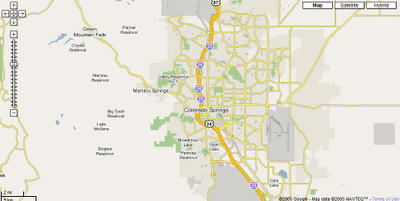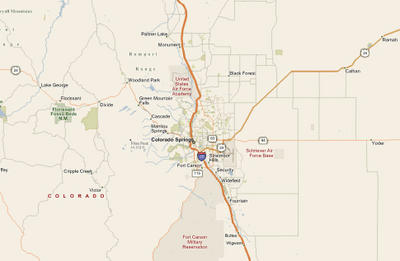Let me ask you a question: What do you expect from a double-click of your left mouse button? (One-button mouse users and
Mighty Mouse devotees are excluded from answering)
Your answer is probably "It depends on where I am and what I'm doing," right? A double-click on your desktop or in explorer will open a file. In quick-launch it will restore a minimized application. Many other applications perform functions that are designed along the context of the application.
And that's a valid answer, so let me refine the question: In an interactive map application, what do you expect from a double-click on a point on the map?
Since this isn't a chat room, I'll just have to answer for myself: (If you have a take, feel free to throw in a comment) When I double-click on a point on a map, I want the application to center and zoom. I used to think that I was the only one that felt that way because
Google Maps (Pictured below) doesn't do that. It simply centers the map, then I have to click on the zoom-bar to get more detail.

Once I used MSN Virtual Earth, though, I realized I was not alone in expecting the double-click to center and zoom because it does actually that.

My point is not that I prefer Virtual Earth over Google Maps. (I'm not ready to make that call yet because I've been using Google Maps since day 1 and I'm trying VE alongside it for comparison.) I'm also not suggesting that my expectation is the one that Google should have yielded to.
My point is that, sometimes, two sets of usability tests on the same application can sometimes yield drastically different results and lead to different conclusions. I know that Google and Microsoft extensively UT their software. The irony of it is that, in the world of User Experience, there are no answers that meet the needs of 100% of your users (There must be someone out there that honestly expects for a double-click on a map to show him his house), so we seek to find answers that satisfy either a majority or 70-80%. Such is our world.
And in this case, Microsoft and Google appear to have each drawn from a different 80%.
Tags: Google Maps, MSN Virtual Earth, User Experience








